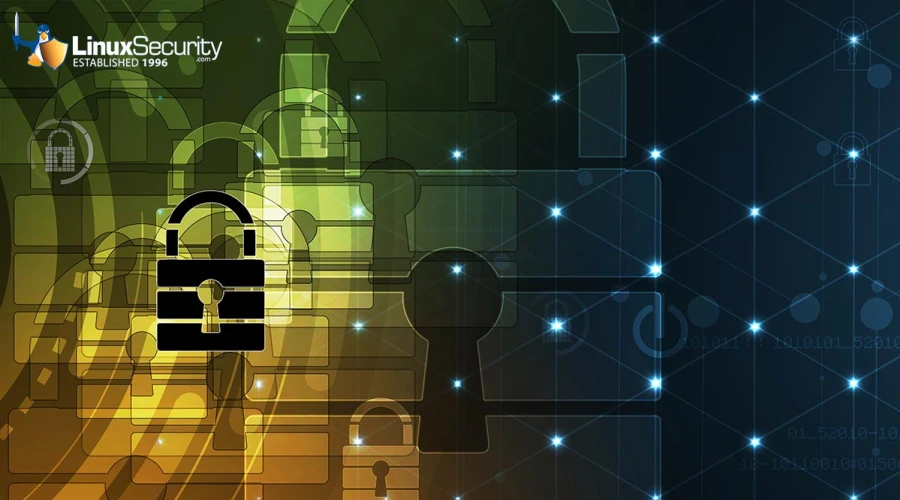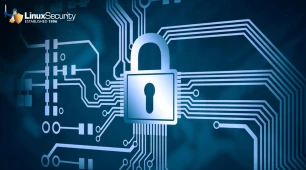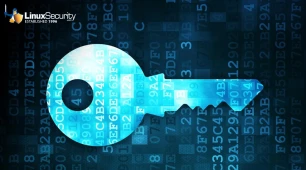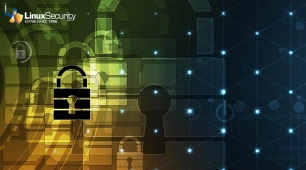
Linux security admins must be wary of an emerging and dangerous threat: the cShell DDoS bot malware. Recently discovered by researchers at ASEC, this sophisticated bot uses Go programming language-based code known as cShell to exploit weak passwords and poor security practices in SSH servers running Linux-based operating systems to gain control. Popular Linux utilities like screen and hping3 orchestrate distributed denial-of-service (DDoS) attacks that leverage infected systems to overwhelm their targets with traffic.
This discovery underscores the importance of strong SSH security protocols. Essential safeguards include using complex passwords, enabling multi-factor authentication, and promptly applying software updates. By staying informed on threats like cShell, Linux administrators can better safeguard their systems against being co-opted into destructive botnets.
In this article, we'll explore the specifics of how this attack works, the implications of the cShell threat, and share practical mitigation strategies you can implement to secure your SSH servers.
Anatomy of cShell
 A routine for installing malware after initial access (source: AhnLab SEcurity intelligence Center)To fully grasp the threat posed by cShell, it is crucial to comprehend its workings. The bot starts its devious activities by conducting brute force attacks against SSH servers by trying various combinations of usernames and passwords until gaining unauthorized entry to one. Once inside, the cShell bot installs itself and then leverages screen and hping3, both legitimate tools often used by system administrators, to conduct malicious operations without detection.
A routine for installing malware after initial access (source: AhnLab SEcurity intelligence Center)To fully grasp the threat posed by cShell, it is crucial to comprehend its workings. The bot starts its devious activities by conducting brute force attacks against SSH servers by trying various combinations of usernames and passwords until gaining unauthorized entry to one. Once inside, the cShell bot installs itself and then leverages screen and hping3, both legitimate tools often used by system administrators, to conduct malicious operations without detection.
Screen is a terminal multiplexer that enables multiple terminal sessions to open simultaneously and become detached, making it a favorite tool among cyber attackers who wish to maintain a persistent presence on a compromised system without alerting its legitimate users. Furthermore, hping3 is a network tool used for testing and exploiting TCP/IP protocols, making it highly suitable for DDoS attacks.
Implications of cShell Compromise
Compromise due to a cShell malware attack can have severe repercussions, from infection to inclusion in an attacker-controlled botnet network to launch DDoS attacks that overwhelm targeted websites with traffic until they become inaccessible to visitors. This can disrupt business operations, incur financial losses, and damage your reputation.
Using legitimate tools, such as screen and hping3, allows the cShell malware to evade detection and removal, adding further complexity and stress to protecting compromised systems and reinforcing the importance of proactive security measures.
Practical Mitigation Advice for Preventing cShell Attacks
Taking proactive measures to boost your system defenses is essential in mitigating the risk of cShell attacks. Below are several practical strategies you can implement to enhance SSH security and protect against this emerging threat:
Strengthening SSH Security
The discovery of cShell is a stark reminder of the necessity for strong SSH security. One simple and effective method for improving SSH security is using strong passwords containing uppercase letters, numbers, and special characters and altering them regularly. This practice can significantly decrease the probability of successful brute-force attacks on SSH systems.
Adding A Layer of Security with MFA
Multi-factor authentication (MFA) can also be an essential defense mechanism. Even if an attacker can guess the SSH password correctly, with MFA, they still must provide additional authentication methods - for example, by receiving a code sent directly to their mobile phone - before being granted access. This extra layer of security may thwart many attempted breaches.
Maintaining Updated Systems
Regular system updates are another key way of protecting against malware like cShell. Developers regularly release security patches for their software, giving Linux administrators an edge against cyber attackers. Applying updates should extend to SSH daemon, screen, and hping3 server software.
Regular System Monitoring
Given cShell's sneaky nature, effective monitoring systems are essential to its detection and early response. Administrators should monitor for unusual network activity or unfamiliar screen sessions that are either unexpected or suspicious. Real-time alert tools for potential security incidents can also prove invaluable in warning about possible security incidents that need attention quickly so administrators can respond before severe damage occurs. With effective monitoring measures, administrators can detect threats quickly before any irreparable harm has been done to their network or business operations.
Educating and Training Your Team
Along with technical defenses, education and training of IT teams regarding current cyber threats is also critical. They should understand common attack vectors associated with malware, such as cShell, and any associated compromise indicators. Regular training sessions can ensure all team members remain current on security trends and practices. Informed teams provide crucial protection from potential cyberattacks.
Conducting Regular Security Audits
Regular security audits are another effective means of guarding against DDoS bot malware, providing administrators with an invaluable way to identify any weak spots and pinpoint potential improvements to security measures. By performing regular reviews of security practices and procedures, administrators can make sure their security practices are effective and up-to-date.
Incident Response Planning
Preparing an incident response plan is essential to mitigating the effects of a cShell attack or any security breach, minimizing disruption and damage. An adequately structured incident response plan should outline all necessary steps to respond to any security incident, such as identifying threats, containing damages, eliminating malware infections, and recovering system functionality quickly. A well-crafted incident response plan can significantly shorten response time while protecting system functionality.
Our Final Thoughts on Preparing for This Emerging Linux Malware Threat
 The rise of cShell is an alarming reminder of the evolving and pervasive cybersecurity threats facing Linux security administrators today. By taking proactive steps to strengthen SSH security, updating systems regularly, implementing comprehensive monitoring measures, educating teams on security best practices, conducting regular security audits, and developing an incident response plan, they can better safeguard their systems from attacks like cShell.
The rise of cShell is an alarming reminder of the evolving and pervasive cybersecurity threats facing Linux security administrators today. By taking proactive steps to strengthen SSH security, updating systems regularly, implementing comprehensive monitoring measures, educating teams on security best practices, conducting regular security audits, and developing an incident response plan, they can better safeguard their systems from attacks like cShell.
Staying ahead of threats and practicing stringent security is about safeguarding individual systems and contributing to a broader security ecosystem. Each secure system is one less tool for cybercriminals' attacks, and by working together, the Linux community can build more secure networks that offer greater resilience for everyone.

















